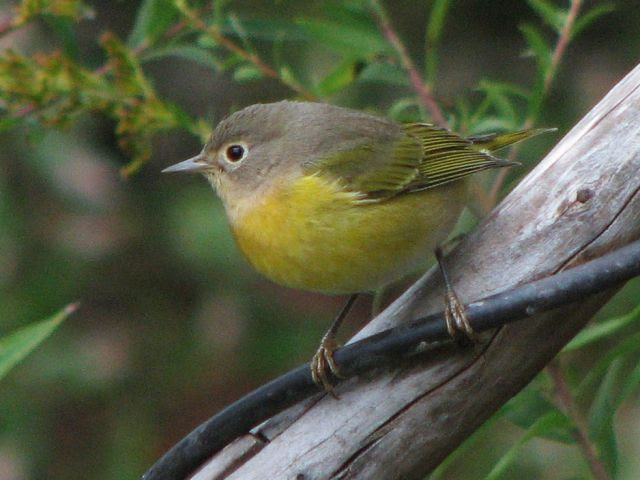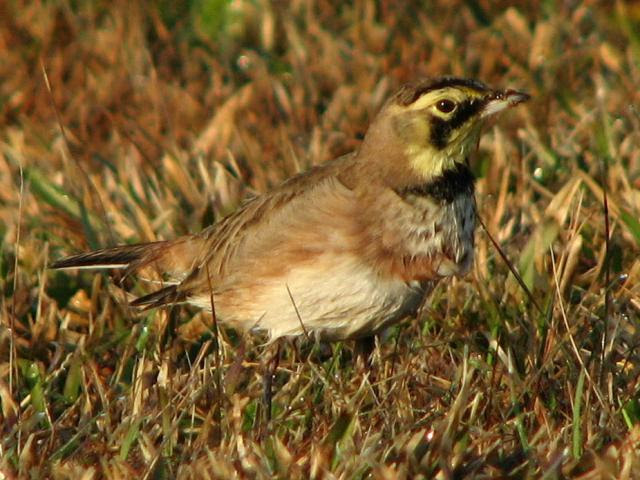Migration Surprises
We are just now hitting the peak of spring migration, and so far the migration has been pretty good. Casual watchers have been enjoying the rose-breasted grosbeak show at the feeders, with an occasional indigo bunting mixed in. The more serious birders, those who look for the rare and unusual have not been disappointed either.
 |
| Nashville Warbler |
| Photo by Jeff Lewis |
The routes north that migrants take vary from species to species. Generally, the Appalachian spine is a major route for birds headed for the Great Lakes and Canada. Some species tend to travel on the west side of the mountains while others tend to the eastern side. That is why we here in the piedmont still get a lot of northbound warblers spilling down east of the mountains. You do not have to go too far east of us to start to notice a decline in adversity of northbound non-breeders.
I was lucky enough to have a brief encounter with one of these westernmigrants, a Nashville warbler, recently. An odd song led me to this colorful, active, little warbler. It is only the second time I have seen one here in the spring. They are more common in the fall when their southbound travels bring them thru the piedmont.
 |
|
Swainson's Warbler
|
| Photo by John Ennis |
Swainson's warblers have provided some local excitement too. A male has set up territory in Mecklenburg County for the first time in over ten years. Others have been reported from other areas but this one has stuck. I hope it can attracta mate and successfully nest.
Swainson's warblers are elusive skulkers that like impenetrable understory. It is a species that loves the swamp forests and rhododendron hells of the southeast. If it weren't for their loud and persistent song, they would be extremely difficult to detect.
 |
| Horned Lark |
| Photo by Jeff Lewis |
An undeveloped lot in the middle of all that Waverly development has been attracting some great birds too. A pair of horned larks has set up a territory to establish the only known breeding site in the county, though it is highly likely they nest at the airport. Horned larks are birds of short grass, bare ground, and no trees.
Local parks and greenways are becoming more accessible now, so take advantage. Grab your binos and take a bird walk.
